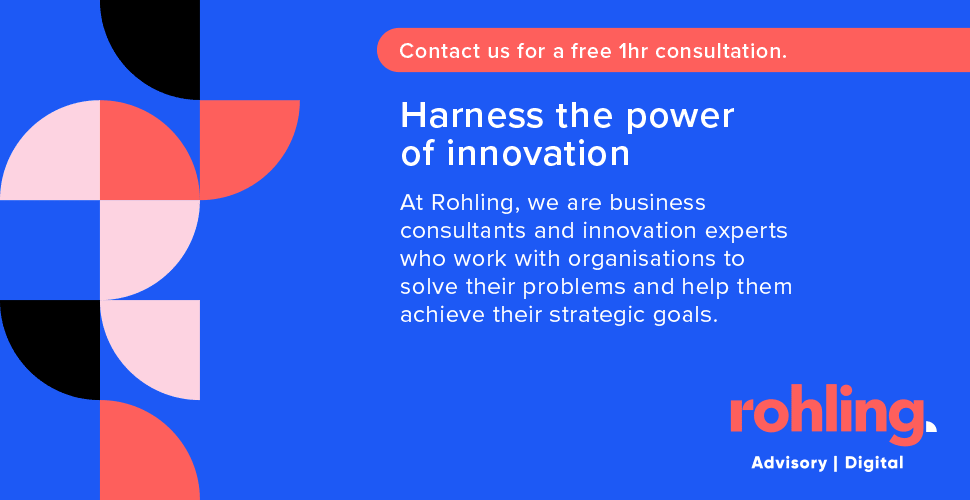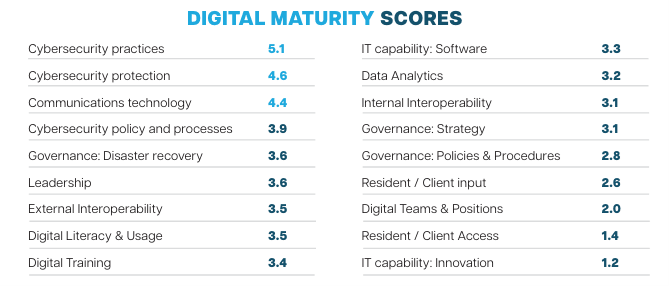Stuck at the start of your technology transformation? Good.
At a time of rapid change and under pressure to innovate, some aged care providers are stuck at the start of their transformation roadmap because they don’t know where to begin, how much it will cost, or even the benefits they could achieve...

At a time of rapid change and under pressure to innovate, some aged care providers are stuck at the start of their transformation roadmap because they don’t know where to begin, how much it will cost, or even the benefits they could achieve. This is normal and good.
Leveraging technology holds many dazzling business promises. But a safe place to start is usually with the introduction of improvements to business processes, such as workflow management and compliance systems. It is not as exciting, but a slow start builds significant benefits such as carrying existing staff along and engaging in the vision by all the leadership team.

“Taking the first steps towards realising the ‘good stuff’ isn't as intimidating or as expensive as it can appear to be,” CEO of business and technology consultancy Rohling, Darren Gossling, said. Darren and Rohling have been leading tech strategies and rollouts in the aged care sector for more than a decade, across large and small operators. Operating 24/7 with large workforces across multiple locations, legacy issues and cost constraints builds a challenging environment for new concepts, especially when physical care (and compliance) is present.
“What is the best way to get started? Pilots and proof of concept projects allow organisations to take a hypothesis or idea and prove it can work. These small, often iterative activities introduce incremental innovations that shift providers forward along their digital transformation journey.”
Creating momentum with small innovations, can in turn creates a culture of curiosity, exploration, and experimentation.

Business as usual is not good
The need to ensure business as usual operations aren’t interrupted is a critical concern. But delaying the adoption of new systems can undermine the medium-term viability of the business.

“‘Innovation’ is a nebulous term so it’s hard to know where to start and how to measure it. It is essential for a business, though, as stasis in a fast-moving world equals failure,” Rohling’s senior solution architect in the not-for-profit, aged care and NDIS sectors, Michael Horry, said.
“Despite the imperative, the brake on innovation is often the need for organisations to keep up with daily operations. But how many good ideas are missed due to BAU? While the pressure is understandable, a carefully tailored framework will guide organisations through the implementation process and streamline and optimise operations with very minimal disturbance.”
From there, it is a matter of scaling. “Scale is important. The best innovation approach is one that helps to snowball innovation by standardising the approach, providing repeatability, and wiring small innovations into the organisation,” Darren said. “It also provides executives with confidence in the information they need to approve further innovations to bring about business benefits.”
Some aged care facilities report “almost non-existent digital maturity”
The latest Aged Care Industry Information Technology Council (ACIITC) report, which surveyed aged care providers about their systems, highlighted the challenges smaller organisations face, with some reporting “almost non-existent digital maturity” (pictured below).

Comparing the sector internationally, ACIITC found that Australian residential aged care facilities have significantly lower digital maturity than their American counterparts.

It is a challenge of our time. Yet the opportunities are boundless, and they come with a commercial and care imperative. Small steps can deliver outsized results. An example is the Humanetix care management system, ACE. It was found to provide a 20% saving in nursing and care time, equating to around 90 minutes per shift, in a 169-bed residential aged care facility. Simple wins bring a whole team along on the journey.
Engaging staff in co-design key to project success
Key to starting a successful implementation process is engaging nursing and other care staff, administrators, and advocates, in addition to the IT experts, in the co-design of systems to make sure they are tailored to the workflow of an organisation.
“From the first step on the transformation journey, each additional, incremental step can be easier to achieve, preparing the way for a state-of-the-art future,” said Darren.
Read more about how to start your innovation journey with Rohling's Rapid Tech Health Check.





